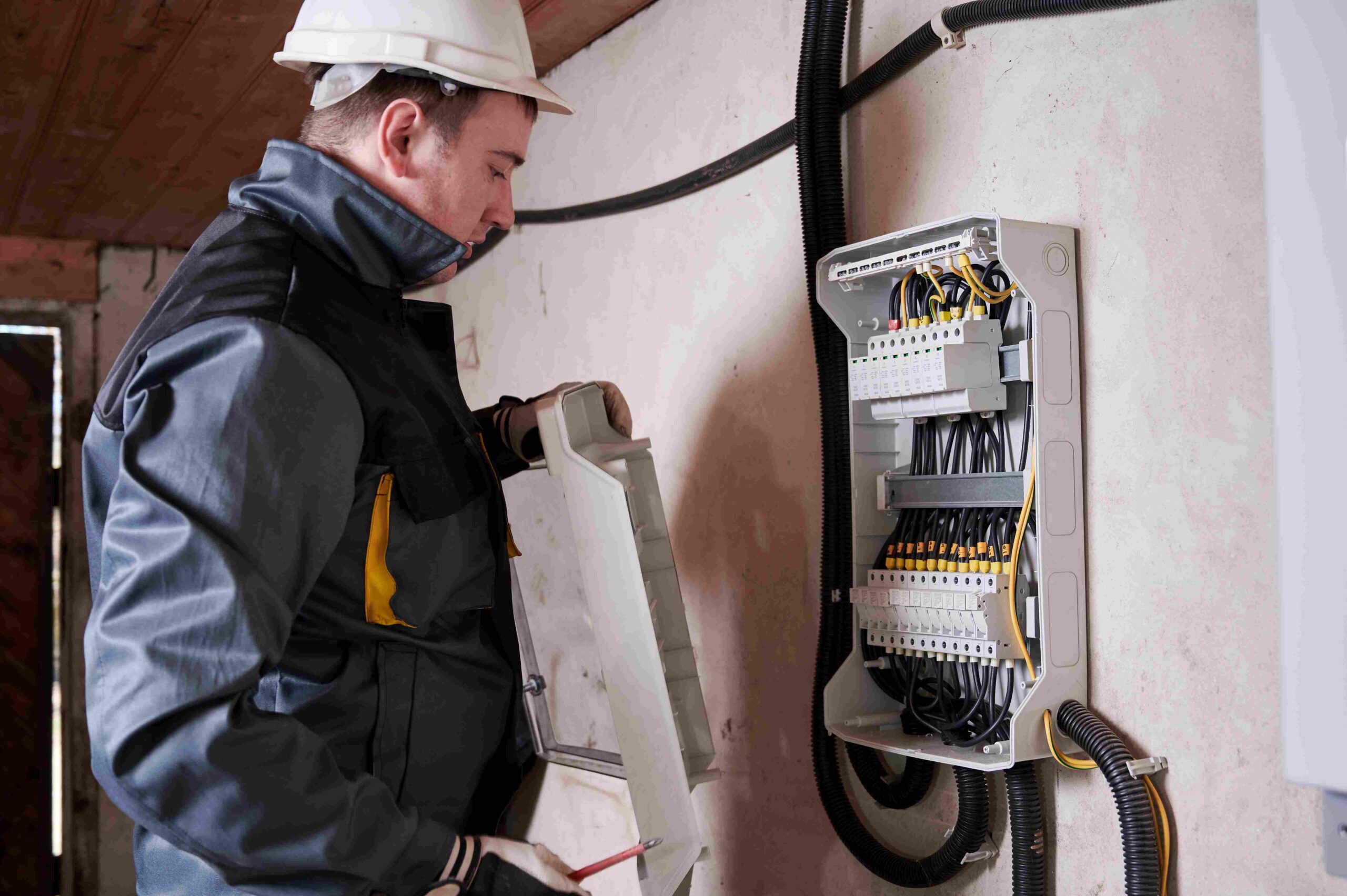PROGRAM SCHEDULE
Ref No: MN 107 Program Name: Pipeline Protection: Design, Construction, Installation, Operation and Maintenance
| Starts | Ends | Venue | Fees | Join Now |
| 24 Feb 2025 | 28 Feb 2025 | Dubai, UAE | $ 4,750 | Registration Closed |
| 26 May 2025 | 30 May 2025 | Dubai, UAE | $ 4,750 | |
| 27 Oct 2025 | 31 Oct 2025 | Istanbul, TR | $ 5,750 |
PROGRAM DETAILS
Introduction
As world demand for oil and gas increases, Pipelines, running into millions of kilometers, will continue to play an important role in transportation of the fuel. Many oil and gas operating pipelines are near to the end of their design life or may have many years of operations left.
Important to Pipeline protection are number of technology areas that ensure pipelines are designed, operated and maintained throughout its lifespan. High technology maintenance is helping pipeline owners to assess the condition of pipelines. Similarly modern defect assessment methods provide very powerful and cost-effective tool for protecting the pipelines. Corrosion Protection Techniques keep pipeline corrosion into control. The concepts of hazard and risk assessment and the methods available to assess and control risk in gas transmission and distribution, and oil pipelines, will be covered.
This course will take participants through the design, construction, installation, operation and maintenance phases of the pipeline. The course requires no previous experience.
Learning Objectives
Participants attending the program will:
- Gain an in-depth knowledge and apply the theory and practice of pipeline protection & integrity engineering in a work-based environment
- Learn assessing pipeline damage
- Learn assessing risk and corrosion problems
- Participants understand the history, theory, and foundations of the technologies they will use for pipeline integrity.
- Discuss corrosion issues such as underwater corrosions and material degradation.
- Study the concept of free pipe span and other pipeline stress and support issues.
- Understand the on-bottom stability of subsea pipeline and its techniques such as weight coatings on pipeline stability and the additional provisions on-bottom stability
- Learn about Pigging and cleaning of pipelines, internal corrosion inspection, monitoring and evaluation, identify the various types of pigging.
- Discuss and Device the RBI approach to their work
- Demonstrate the calculation method to evaluate Cathodic protection
Target Audience
The course is primarily intended for Pipeline Engineers, Pipeline Construction Engineers, Project Managers, Maintenance Engineers, Contractors, Supervisors, Inspectors, Operators, Equipment Suppliers, Inspection and Quality Engineers, Pipeline Design Engineers, Engineers who require a wider appreciation of onshore & offshore pipeline engineering
Training Methodology
The program will be interactive and practical. There will be individual exercises, activities in work groups and in pairs. Everyone will get an opportunity to discuss their issues with day to day Pipeline Protection, Inspection and Maintenance issues.
Upon attending this programme, delegates will be able to return to the work equipped with extensive knowledge; thus enabling them to raise their profile within their organization. Video demonstration, case studies as well as pre & post-course assessments will be carried out.
Day 1:
Basics of Pipeline Engineering
-
- The Oil & Gas Industry
- Introduction to Pipelines
- History of Pipelines
- Basic pipeline and material parameters
- Pipeline Safety
Materials Selection for Pipelines
-
- Steels used for Line pipe
- Mechanical Properties, Grades and Chemical Composition of materials
- Material Properties for FFS assessment
- Strength Parameters
- Yield and Tensile strength
- Flow Stress
- Stress-Strain relationship
- Physical properties
- Elastic Modulus
- Poisson’s Ratio
- Coefficient of Thermal expansion
- Fatigue Toughness
- Fracture Toughness Parameters
- Low bound fracture Toughness
- Charpy V-Notch data
- Fracture Toughness for in-service materials
- Temper Embrittlement
- Pipeline Welding and Manufacturing Techniques – Seamless, Longitudinal Welded,
- RW, Spiral
- Methods for Improving Corrosion Resistance
- Internally Clad Pipe
- Latest Materials Developments
Pipeline Design
-
- Pipeline Codes and Standards
- Legislation and Regulations
- Design Process
- Detailed design:
- Product categorization
- Locating pipelines
- Design pressures, factors, and stressing
-
- Pipeline Crossings
- Pipeline Valves
- Surges/overpressures
- Bends
- Pipe protection
- Fracture control
- Fluids and Hydraulics
Pipeline Route Alignment Considerations
-
- Basics of routing
- Classification schemes
- Easements and rights of way
- Legislation and permits
- Routing methodologies
Pipeline Trenching and Foundation Systems
Day 2:
Pipeline Welding
-
- Basics of Welding
- Types of Welding Processes
- Effects on Line pipe of the Welding Process
- Welding Procedures
- Inspection of Welds
Local Thin area assessment / Material Loss calculations
Exercise Part 1
-
- Material selection, wall thickness, corrosion allowance
- Coating and field joints
- Stability and weight coating
Pipeline Repair
-
- Pipeline Defects
- Pressure reductions prior to repair
- Repair methods:
- Grinding
- Weld deposition
- Sleeves
- Clamps
- Hot tapping
- Composite wraps
Pipeline Maintenance
- Pipeline Patrolling.
- Corrosion-resistant Material.
- Pipeline Coating.
- Pipeline Corrosion Inhibitor.
- Pipeline Cathodic Protection
- Pipeline Pigging.
- Smart Pig
Installation Techniques of Subsea Pipelines
Day 3:
Internal Pipeline Corrosion
- Why Pipes Corrode
- Sweet Corrosion, Sour Corrosion, Microbiological Corrosion
- Cracking Mechanisms
- Calculating Corrosion Rates
- Effect of Flow on Corrosion
- Water Injection Pipelines
Monitoring of Internal Pipeline Corrosion
- Corrosion and Internal Failure Mechanism
- Inhibition of Corrosion
- Biocide Treatment of Pipelines
- Monitoring Internal Corrosion
- Supplementary Inspection Techniques
Pipeline Testing, Operation, Inspection
- Pressure Testing
- Batching
- Incorrect operation
- Control Systems, Leak Detection
- Inspection and monitoring of operational pipelines
External Pipeline Corrosion and its Prevention
- External Corrosion in Soils
- Coatings and their Application
- Field Joints
- Interaction of Coatings and Cathodic Protection
Exercise Part 2
- Thickness, MAWP and Membrane Stress Equation for a FFS Assessment
- Calculation of Minimum Thickness
- Calculation of MAWP (MFH)
- Calculation of Membrane Stress
Day 4:
Cathodic Protection
-
- How Cathodic Protection Works
- Monitoring of CP at Test Points
- Full Line Surveys with CIPS and Instant Off Surveys
- Coating Surveys using Pearson and DCVG Techniques
- Interference from Third Party Lines and DC/AC systems
Metal Loss
-
- General Metal Loss due to Corrosion and/or Erosion
- Localized Metal Loss due to Corrosion and/or Erosion
- Surface Connected Cracking
- Subsurface Cracking and Microfissuring/Microvoid Formation
- Metallurgical Changes
- In-Service deterioration and damage
Crack Growth
-
- Categories of Crack Growth
- Crack Initiation
- Creep Crack Growth
- Creep Rupture
- Creep Strain-Rate Data
- Exercise 3: Fatigue Crack Growth Calculation
Utility and Intelligent (Smart) Pig Inspection
-
- The History of Internal Inspection
- Why ‘Pig’?
- Types of Pig
- The History of Internal Inspection
- Why ‘Pig’?
- Types of Pig
- Intelligent (Smart) Pigs:
- Metal loss (MFL, UT)
- Geometry
- Mapping
- Crack detection
- What do they find and how accurate are they?
Case Studies
- AFCM
- Subsea MPI
- Reporting of Subsea inspection
Day 5:
Leak detection
Pipeline Integrity Management
-
- Risk and risk analysis
- Integrity management methods:
- API 1160
- ASME B31.8S
Exercise IV: Class tutorial – risk analysis of 3 pipelines
Fitness-For-Service Assessment
- FFS Engineering Assessment Procedure
- Date Requirement
- Assessment Techniques
- Acceptance Criteria
- Remaining Life Evaluation
- Remediation
Last Day Review, Question and Answer Session






